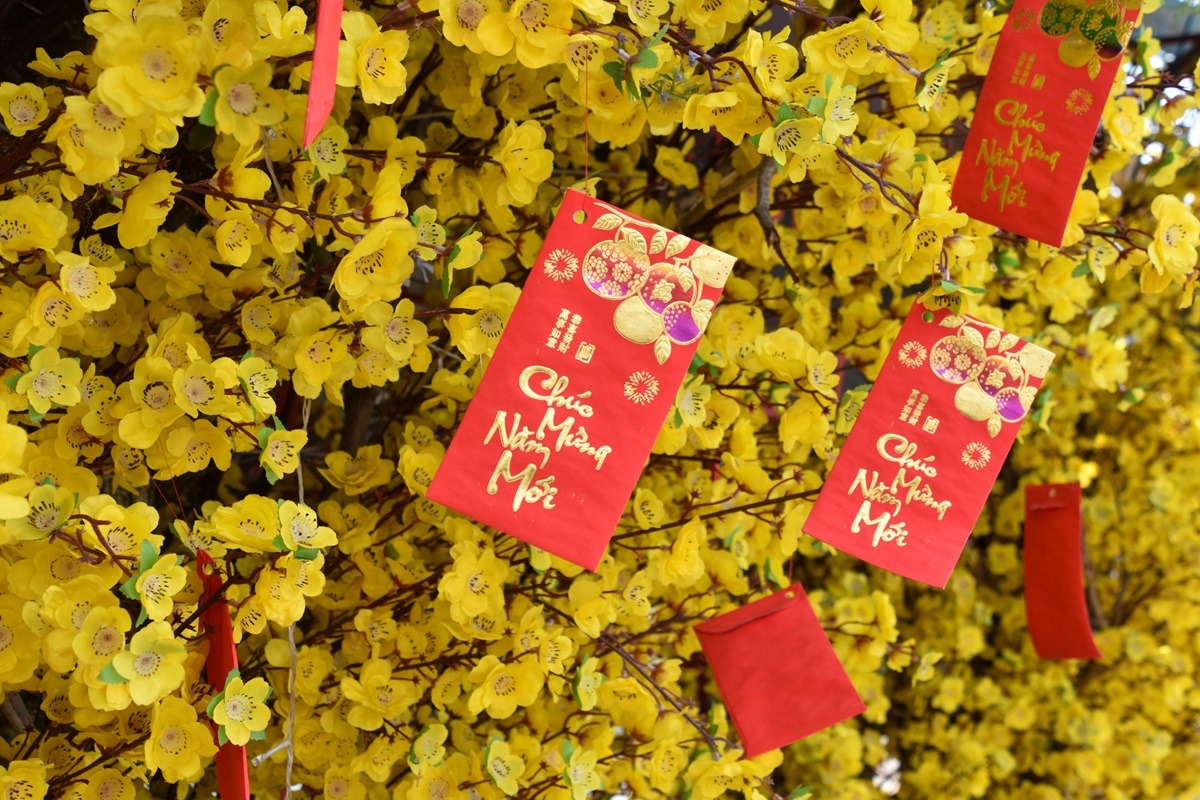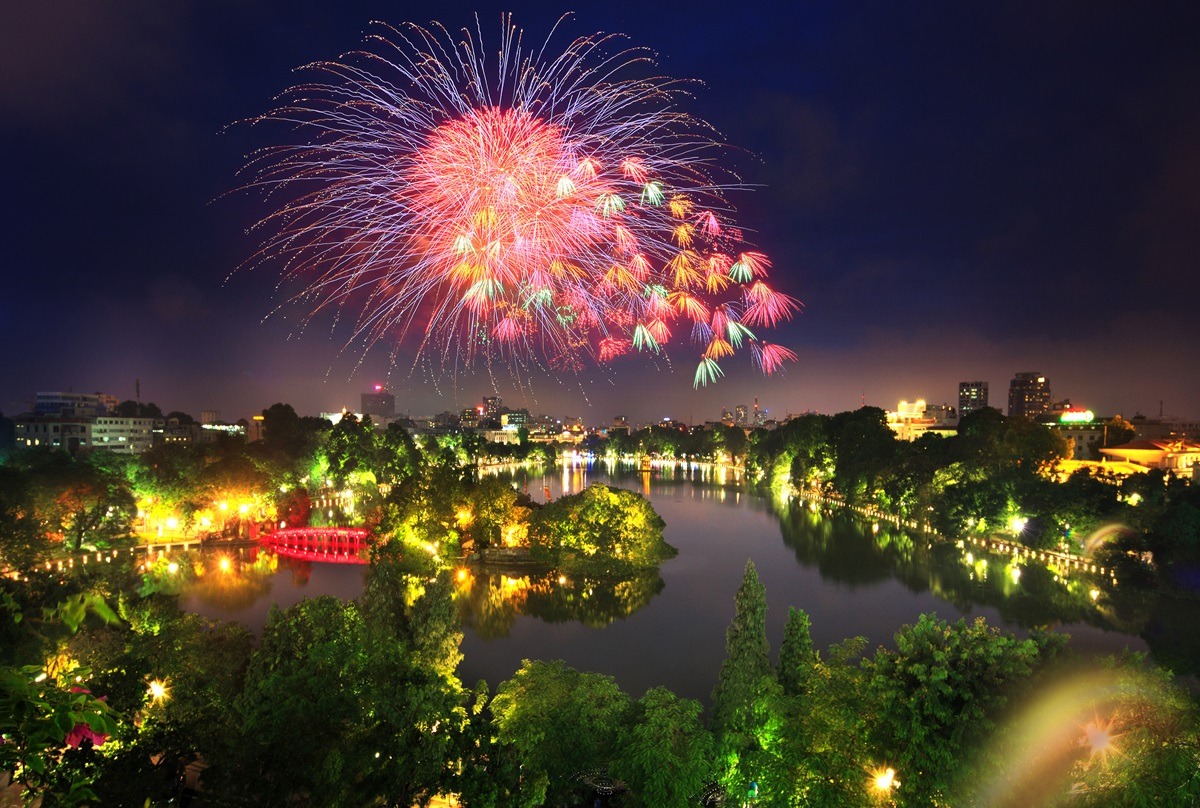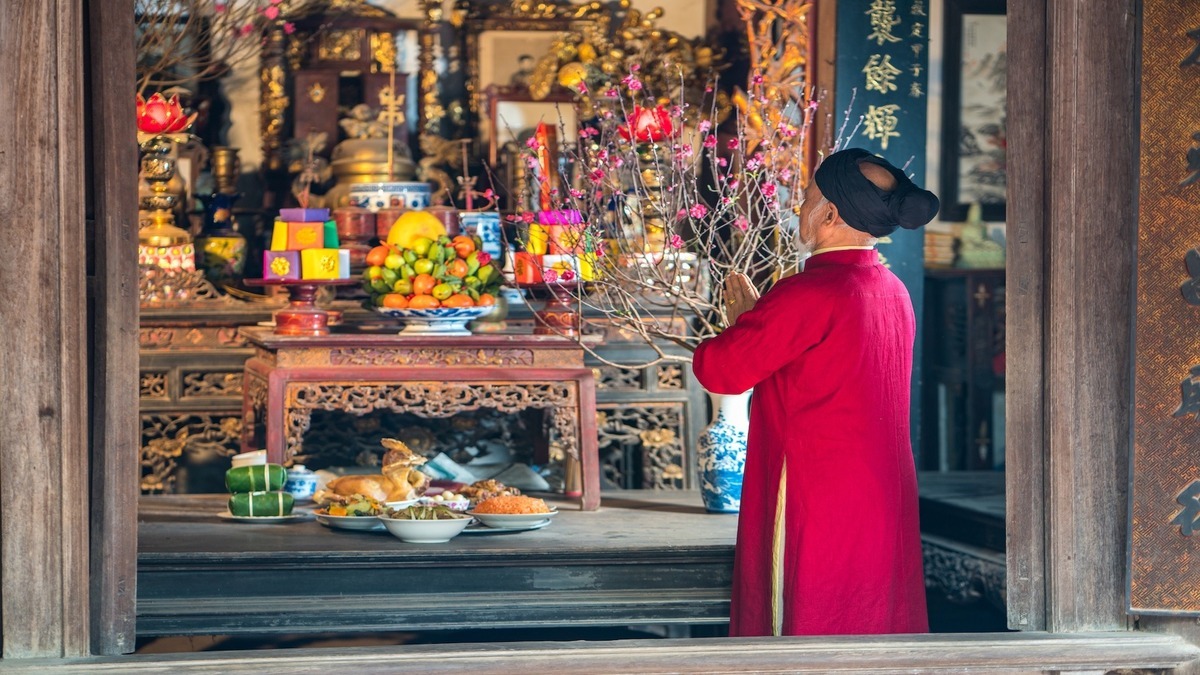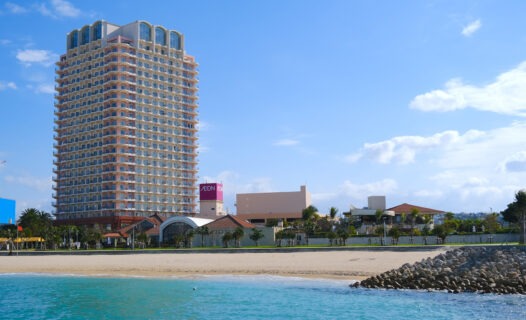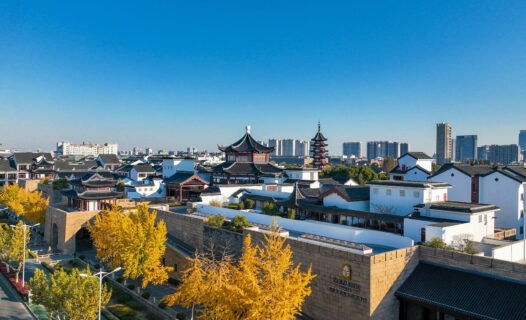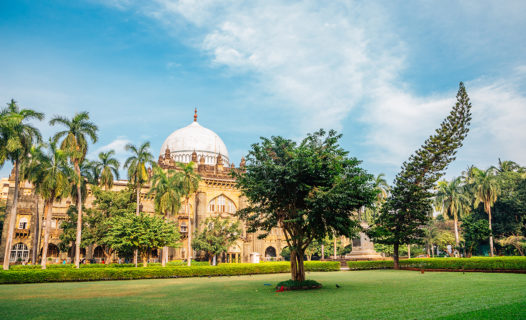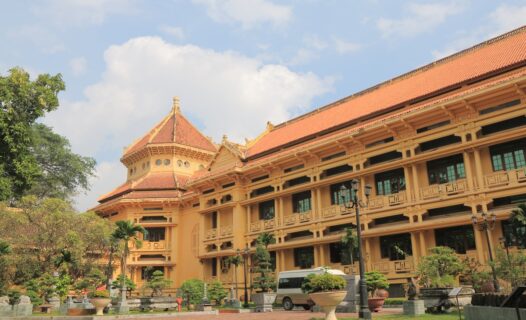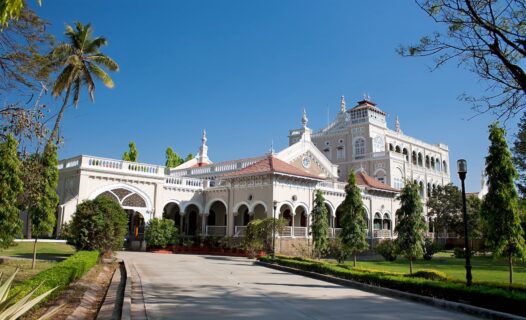As the Lunar New Year approaches, Vietnam transforms into a vibrant tapestry of colors, sounds, and traditions. Known as Tet, this festival is the most significant celebration in Vietnamese culture, marking the arrival of spring and the beginning of a new year according to the lunar calendar. Join us as we explore the rich traditions, festive activities, and travel tips for experiencing Tet in Vietnam.
The Significance of Tet
Tet Nguyen Dan, or simply Tet, is more than just a New Year celebration; it’s a time for family reunions, paying respects to ancestors, and welcoming the new year with hope and joy. The festival usually lasts for about a week, with preparations starting well in advance. Homes are cleaned and decorated, special foods are prepared, and families gather to celebrate together.
Traditions and Customs
During Tet, Vietnamese people engage in various customs that are steeped in tradition. One of the most important is the offering of food and incense to ancestors, a practice that reflects the deep respect for family heritage. Red envelopes containing money, known as “li xi,” are given to children and elders as a symbol of good luck and prosperity.
Homes are adorned with peach blossoms in the north and apricot blossoms in the south, along with kumquat trees, which symbolize fertility and abundance. Traditional Tet foods such as “banh chung” (square sticky rice cake) and “gio lua” (Vietnamese pork sausage) are prepared and enjoyed by families. These dishes are not only delicious but also carry cultural significance, representing the earth and sky.
Festive Activities and Events
The Tet festival is a time of joy and celebration, with numerous activities and events taking place across the country. In major cities like Hanoi and Ho Chi Minh City, you’ll find vibrant street markets selling Tet decorations, traditional foods, and flowers. These markets are a feast for the senses, offering a glimpse into the festive spirit of the Vietnamese people.
Fireworks displays are a highlight of the Tet celebrations, lighting up the night sky with dazzling colors. Traditional music and dance performances, including the famous lion dance, are also common during this time, adding to the festive atmosphere.
Travel Tips for Experiencing Tet
Traveling to Vietnam during Tet can be a rewarding experience, but it’s essential to plan ahead. Many businesses close for the holiday, and transportation can be crowded as people travel to be with their families. Booking accommodations and transportation in advance is highly recommended.
Embrace the local customs by participating in the celebrations and trying traditional Tet foods. Be respectful of the cultural practices, such as removing your shoes when entering homes and being mindful of the significance of ancestor worship.
Personal Traveler Stories
Many travelers who have experienced Tet in Vietnam share stories of warmth and hospitality. One traveler recalls being invited to a local family’s home to share a Tet meal, an experience that left a lasting impression of the kindness and generosity of the Vietnamese people.
Another traveler describes the excitement of watching the Tet fireworks over Hoan Kiem Lake in Hanoi, surrounded by locals and fellow travelers, all united in celebration.
Historical Context and Folklore
The origins of Tet can be traced back to ancient agricultural practices, marking the end of the lunar year and the beginning of spring. Folklore plays a significant role in the celebrations, with stories of mythical creatures and legendary figures adding to the mystique of the festival.
One popular legend tells of the Kitchen Gods, who are believed to return to heaven to report on the family’s affairs during Tet. This tradition is honored by offering a carp as a means of transportation for the Kitchen Gods, symbolizing the family’s wish for good fortune in the coming year.
Culinary Deep Dive
Tet is a feast for the senses, with a variety of traditional dishes that are both delicious and symbolic. “Banh chung” and “banh tet” are must-try dishes, representing the earth and sky. These sticky rice cakes are filled with mung beans and pork, wrapped in banana leaves, and boiled for hours to achieve their unique flavor and texture.
Other popular Tet foods include “thit kho trung” (braised pork with eggs), “dua hanh” (pickled onions), and “mut tet” (candied fruits and seeds). These dishes are often prepared in large quantities to share with family and friends, embodying the spirit of generosity and abundance.
Festivals and Events Coverage
Throughout the Tet holiday, various festivals and events take place across Vietnam, each offering a unique glimpse into the country’s rich cultural heritage. In Hanoi, the “Tet Flower Market” is a popular attraction, where locals and tourists alike can admire and purchase beautiful blooms to decorate their homes.
In Ho Chi Minh City, the “Nguyen Hue Flower Street” is transformed into a vibrant display of floral arrangements, attracting thousands of visitors each year. These events provide an opportunity to experience the festive atmosphere and immerse oneself in the local culture.
Practical Information for Travelers
When planning a trip to Vietnam during Tet, it’s important to consider the practical aspects of travel. Many businesses, including restaurants and shops, may close for the holiday, so it’s advisable to check opening hours in advance. Public transportation can also be crowded, as locals travel to be with their families.
Travelers should also be aware of the cultural significance of Tet and be respectful of local customs. Participating in the celebrations and trying traditional foods can enhance the travel experience and provide a deeper understanding of Vietnamese culture.
Vietnam’s New Year, Tet, is a celebration of culture, tradition, and new beginnings. Whether you’re exploring the bustling streets of Hanoi, enjoying the serene landscapes of Da Lat, or savoring the flavors of traditional Tet dishes, this festival offers a unique and unforgettable travel experience. Embrace the spirit of Tet and discover the warmth and hospitality of the Vietnamese people as you embark on this cultural journey.



